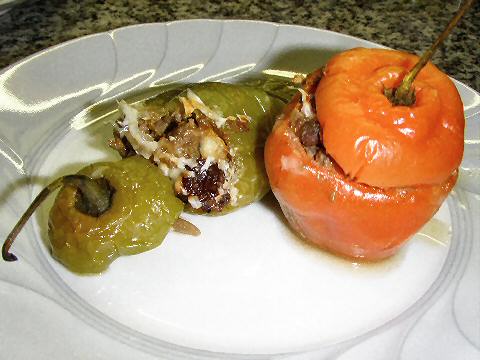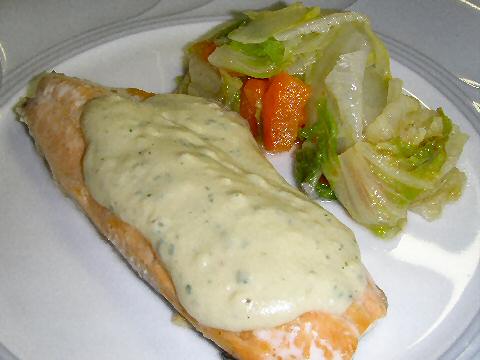“Before the Spanish banned Inti Raymi in 1572, this winter solstice festival was the biggest event on the calendar of the Awantinsuyu Incan empire. It occurred at the time of the sun’s rebirth (around June 24th on our calendar) in Cuzco, Peru, the Inca capital. Native residents gathered to honour the Inca, the first-born son of the sun god. They fasted for days, then sacrificed llamas and feasted, imbibed chicha and chewed coca, asking the sun to return the following year and make the crops grow. When the Spanish banned the festival as a pagan and therefore Satanic ritual, it went underground.”
– G.A.P. Adventures
Buenos Aires – Last week being the annual celebration of the Andean New Year, Inti Raymi, the Festival of the Sun, or however one wants to put it, noting, of course, that on the calendar of “my people” we’ve got nearly 243 years over this one… just sayin’… we thought we’d celebrate with one of our ever-popular Peruvian dinners. We decided to focus on inspirations from the south of Peru and the communities around Cusco and Puno, where we spent a little time last year. We didn’t sacrifice any llamas, nor eat any guinea pigs, I haven’t quite talked Henry into making our own chicha, though I’m getting there, and although coca leaves were procured, he used them earlier in the day more as an incense or offering, presumably to keep us on good terms with the Sun god here in Casa S.
We started off with a dish called Capchi de Setas, an interesting amalgamation in name (capchi being in Quechua and setas being in Spanish), which sort of fits the traditional mash-up that is the dish. Essentially, it’s a scramble of crushed potatoes and mushrooms. I fancied it up slightly by making a tart shell and filling it with the mixture – which I made by sauteing sliced portobello mushrooms with garlic, onions, ají rojo, salt and cumin and then mixing that with pureed potatoes and some butter beans (favas are more traditional, but not in season right now). Instead of chopped hard boiled egg, I bound the whole thing together with lightly beaten eggs, added some chopped huacatay, crumbled some fresh farmer’s cheese over the top and then baked them in the oven. We served them up with some hot sauce of hot yellow and green peppers finely chopped in vinegar.
We’ve both had fantasies about the sopa incaica that we had last year in Puno at the restaurant Coca Kintu, and while I’ve had success at finding references to the soup in various Peruvian food literature, at best I’ve gotten descriptions of the dish – I haven’t found a recipe for the traditional version, and the owner of the restaurant, while he thanked me for my kind compliments, has ignored requests for their recipe. So be it. Based on my notes from the evening and what I’ve found, I came up with a passable imitation, though definitely less complex than the one we tried there. Still, it was delicious – in a pot, I simmered some finely diced potatoes, white onion, and minced hot peppers with a good amount of quinoa until nearly cooked through. At that point, I added pureed tomatoes, some milk, and, a quinoa slurry – hmmm… essentially I soaked a small amount of quinoa in roughly double the amount of water for several hours, then ran it through the blender until it was completely liquefied. Pouring that into the simmering soup, it immediately thickened it up just like using flour or cornstarch. I seasoned the soup with some chopped quirquiña and huacatay, adjusted the salt, and away we went.


Finally, we finished off with a Cusco Chocolate Cake – purely inspired by the flavors of a local bonbon of chocolate, honey, nuts and quinoa flour. Thanks go out to Beatrice Peltre and her blog La Tartine Gourmande for her Amaranth, Quinoa and Dark Chocolate Cake – I more or less followed her recipe, though using only quinoa since I didn’t have any amaranth, and trying it one night with walnuts and the other with almonds. Cut it into triangles and presented it with one lying down and one standing. To top it, I glazed it with a simple tangerine glaze (tangerines are in season right now, so I’m enjoying them while they last) – ½ cup of fresh tangerine juice, basically two tangerines, 1 egg white, and 250 grams (just over half a pound) of confectioner’s sugar all whisked together to create a pour-able glaze.
Thank you for posting the link to the Chocolate Quinoa Cake. I have two separate client families where someone needs to eat gluten-free, and I think one of them is going to start having me make desserts. Since, I am always highly partial to quinoa recipes anyway, I think I will give this a try.
I wouldn’t be surprised if even more of my clients asked me to start cooking gluten-free. It is THE food fad of 2008, I think.
You’re welcome! Gluten-free isn’t a common request I get here, and in this case didn’t have anything to do with my reason for the cake, but it is good to have this and the carrot cake from a couple of weeks ago available in the repertoire for when I get the requests.
[…] we had some rocotos rellenos to munch on while we waited. Here, at least, the promise of spice, after all, the rocotos are right […]
[…] played around with sopa incaica before – from trying to do it from memory (which was tasty, but not remotely the same soup) to a copy of what was purportedly the recipe that […]
[…] One of our favorites, sopa incaica. […]